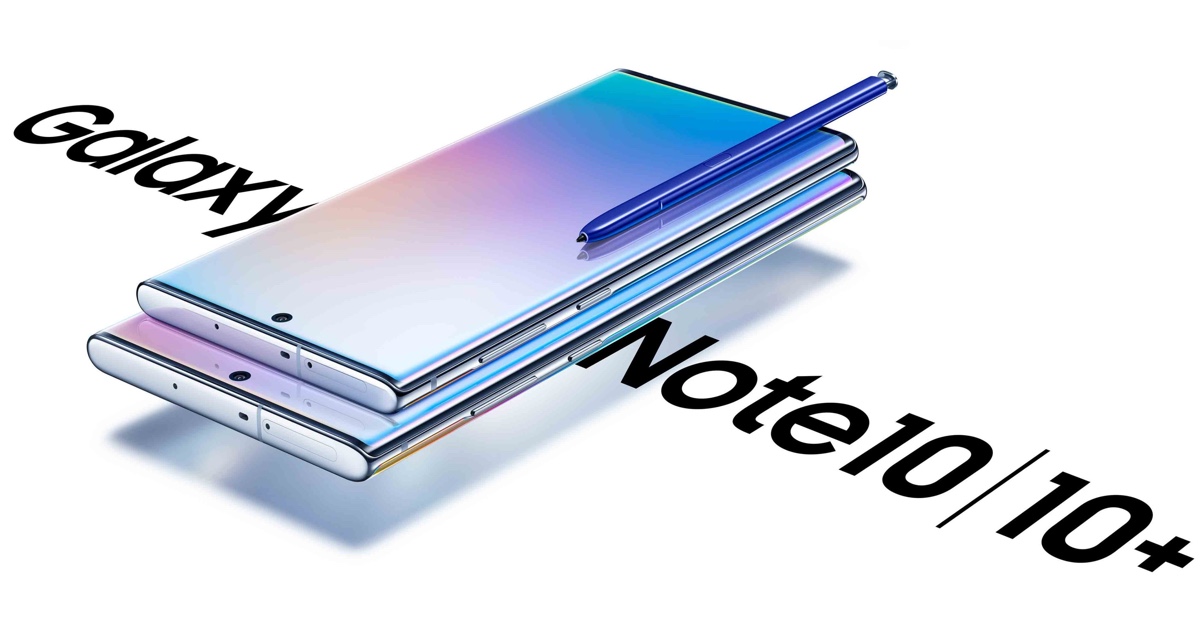First things first, let’s do away with the specs. For the smaller Note 10:
6.3-inch display Dynamic AMOLED Display Snapdragon 855/ Exynos 9825 IP68 weather resistant 8GB RAM, 256 SSD 3,500 mAh Battery 25W ‘Superfast’ charging, supports up to 45W Stereo speakers with Dolby Atmos sound and AKG tuning Cameras: 12MP F1.5 primary sensor, 12MP F2.1 telephoto, and 16MP F2.2 ultrawide sensor, 10MP front-facing camera Under-display fingerprint sensor Bluetooth S-Pen with ‘Air gestures’ Improved cooling system for gaming No headphone jack (sighs) or microSD slot
The larger Note 10 is mostly the same, with a few changes and extra features:
6.8-inch Dynamic AMOLED Display 12GB RAM, 256/512GB storage 4,300 mAh battery MicroSD slot Time-of-flight (ToF) depth sensor
Thankfully, Samsung doesn’t seem to have significantly crippled the smaller model, with the most notable change being the lack of a ToF sensor.
Aesthetically, the devices are a slight evolution of Samsung’s design language. Instead of the rounded rectangle Samsung has been using around its cameras forever, the phones have a capsule-shaped module instead. The new S-Pen is the star of the show. The stylus has a motion sensor, allowing you to do things like zoom in and out photos, change to your selfie camera, or control YouTube videos by using flicks in different directions. You can also now create ‘AR Doodles’ that can flow around 3D objects, and handwriting-to-text can now be activated by simply tapping on your scribbles. Moreover, Samsung is opening up an SDK for developers to integrate their own gestures within their apps. To make up for the new capabilities, it comes with a larger battery than can last ‘hours’ on a charge. The camera has also been improved, largely in the software department. Samsung highlights the ability to use different video effects such as shallow depth of field– basically portrait mode applied to motion – as well as action camera-quality stabilization. On the audio front, the Note 10 uses three microphones that can ‘zoom’ into specific areas to match your video’s field of view. And you can bring it all together thanks to a new built-in editing app. Credit: EvLeaks There are some other neat features. Samsung is making it easier to link the Note 10 to your Windows PC with an app that allows you to sync your messages, photos, and notifications, as well as mirror your phone’s screen. You can also now use Samsung’s DeX desktop UI with a single cable that comes in the box, and even run it from your laptop. The Note 10 and Note 10+ are available for pre-order today and will ship August 23. The smaller one will cost you $949, while the larger one costs $1,099 ($1,199 for the 512GB version). A Note 10 Plus 5G version will be available to pre-order from Verizon on August 23, starting at $1,300. Developing…. Refresh for updates.
